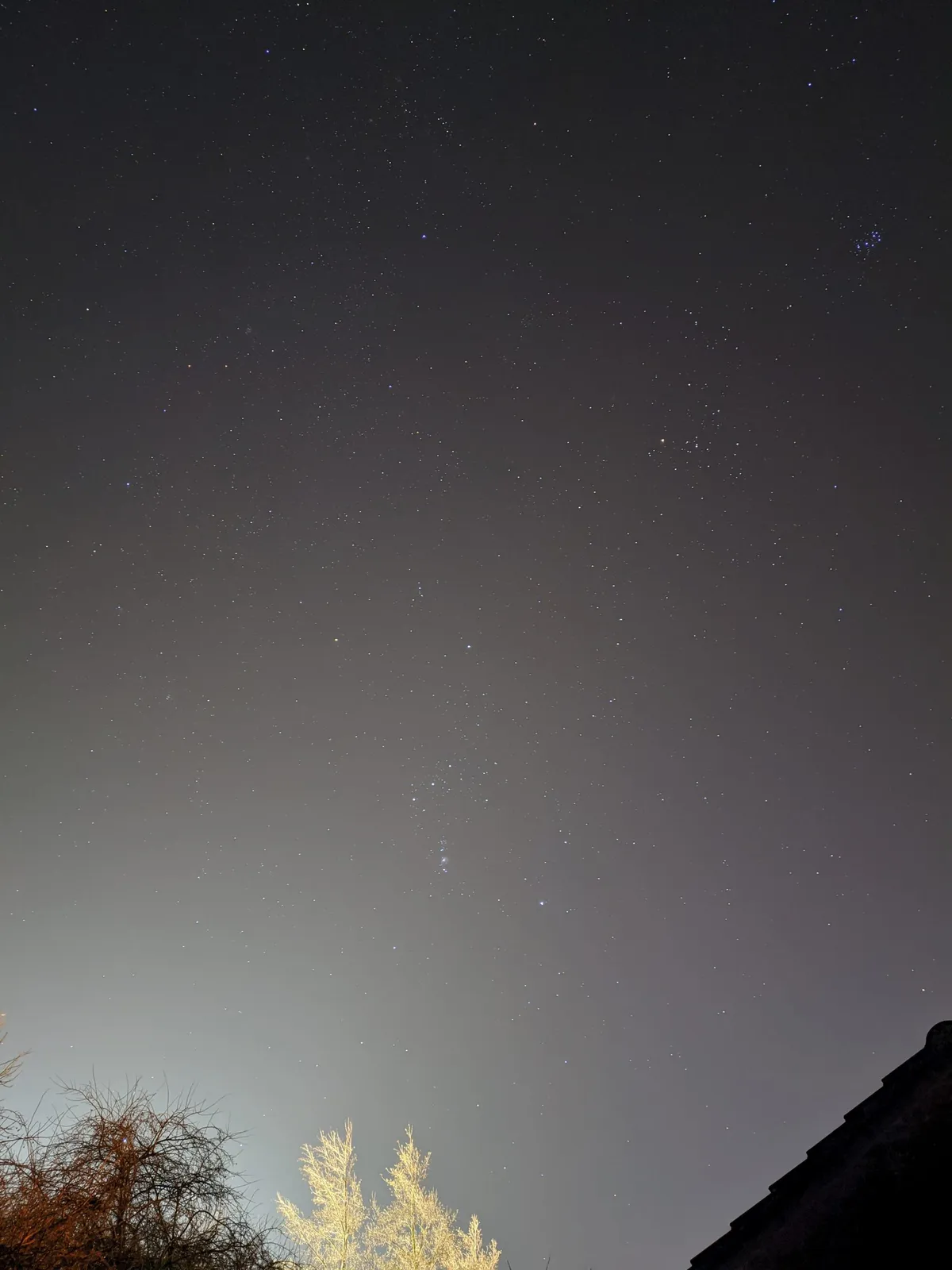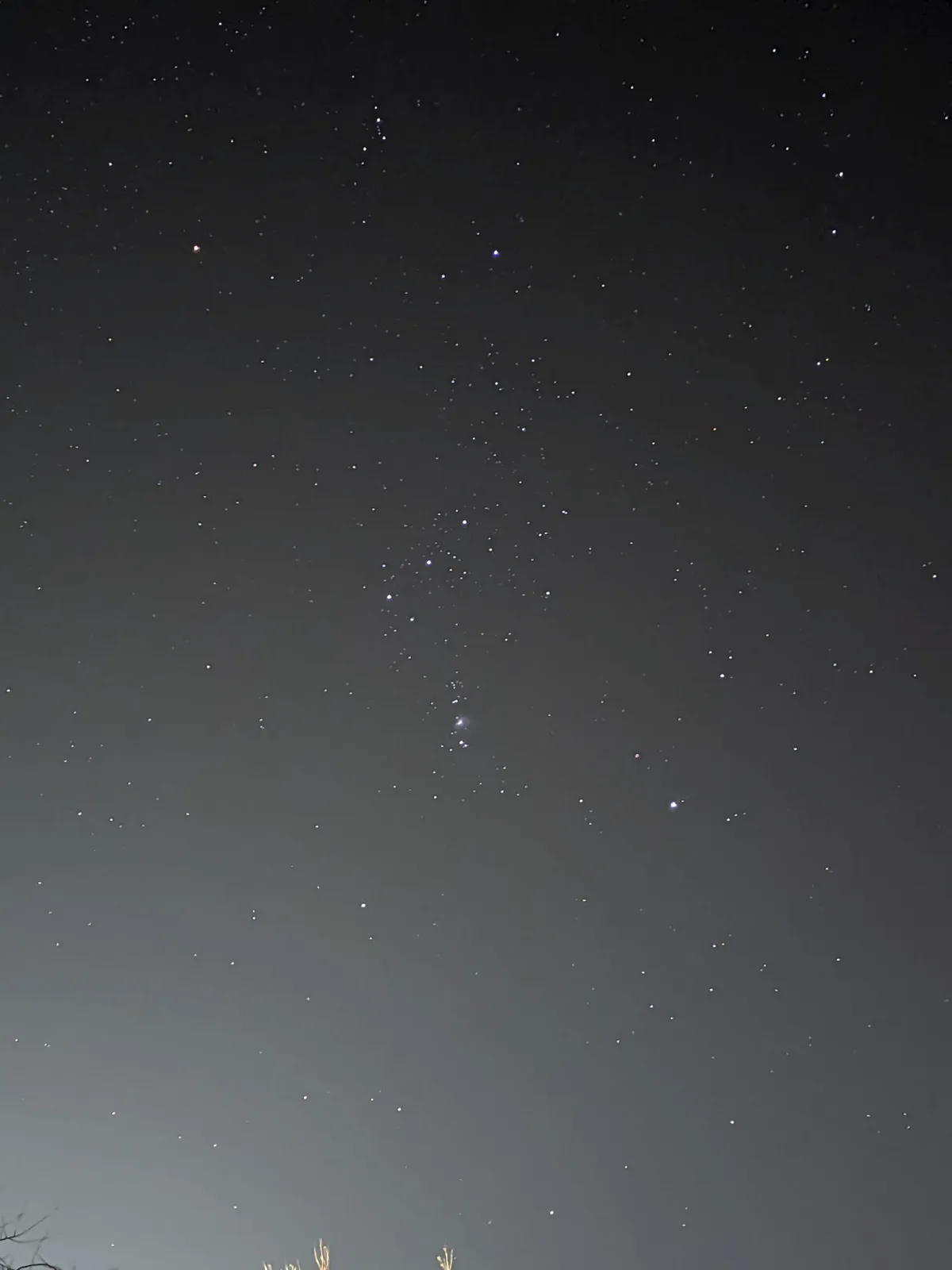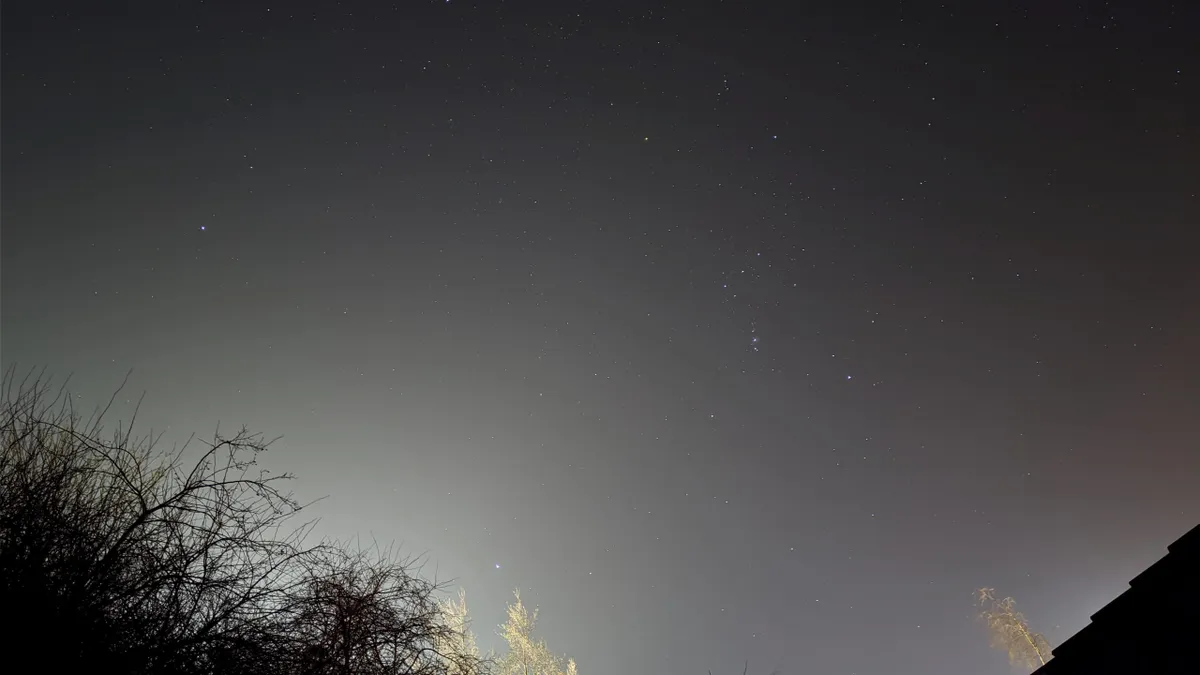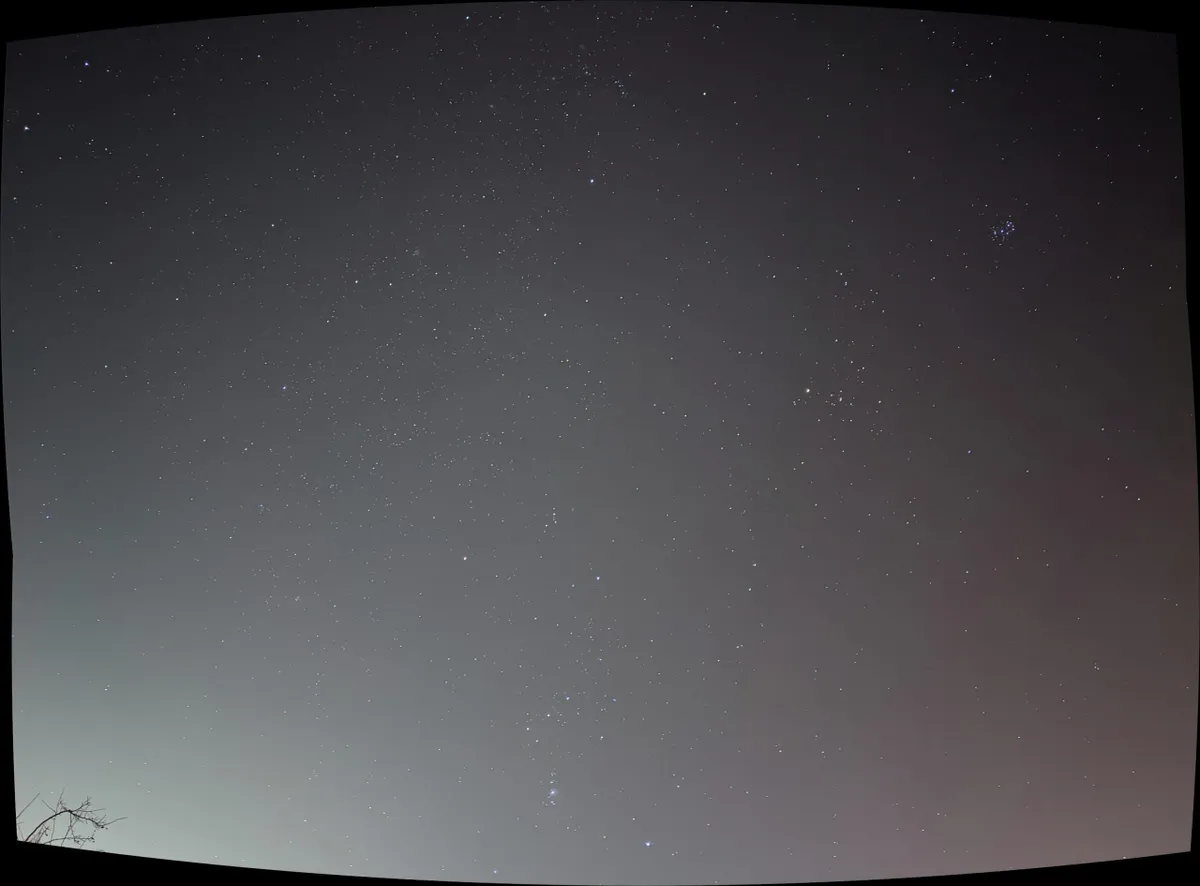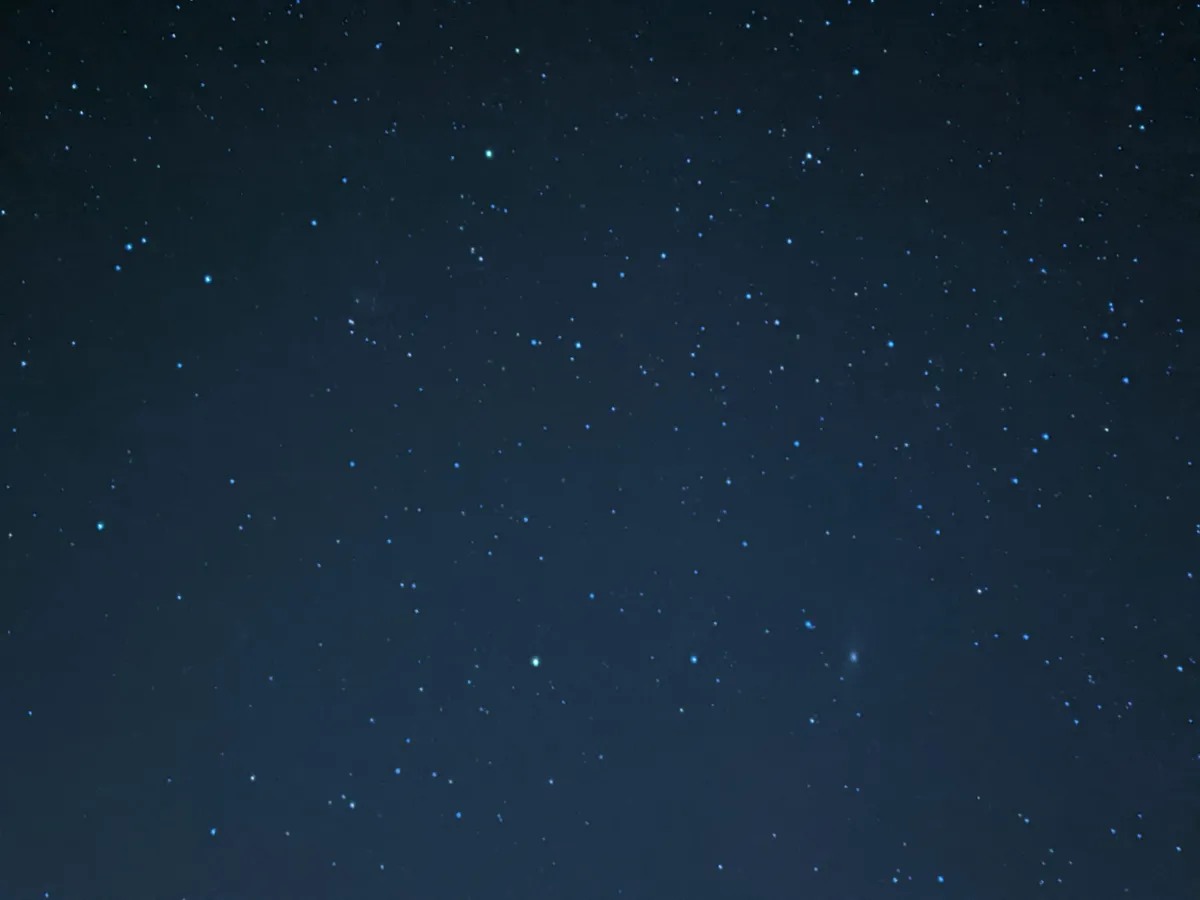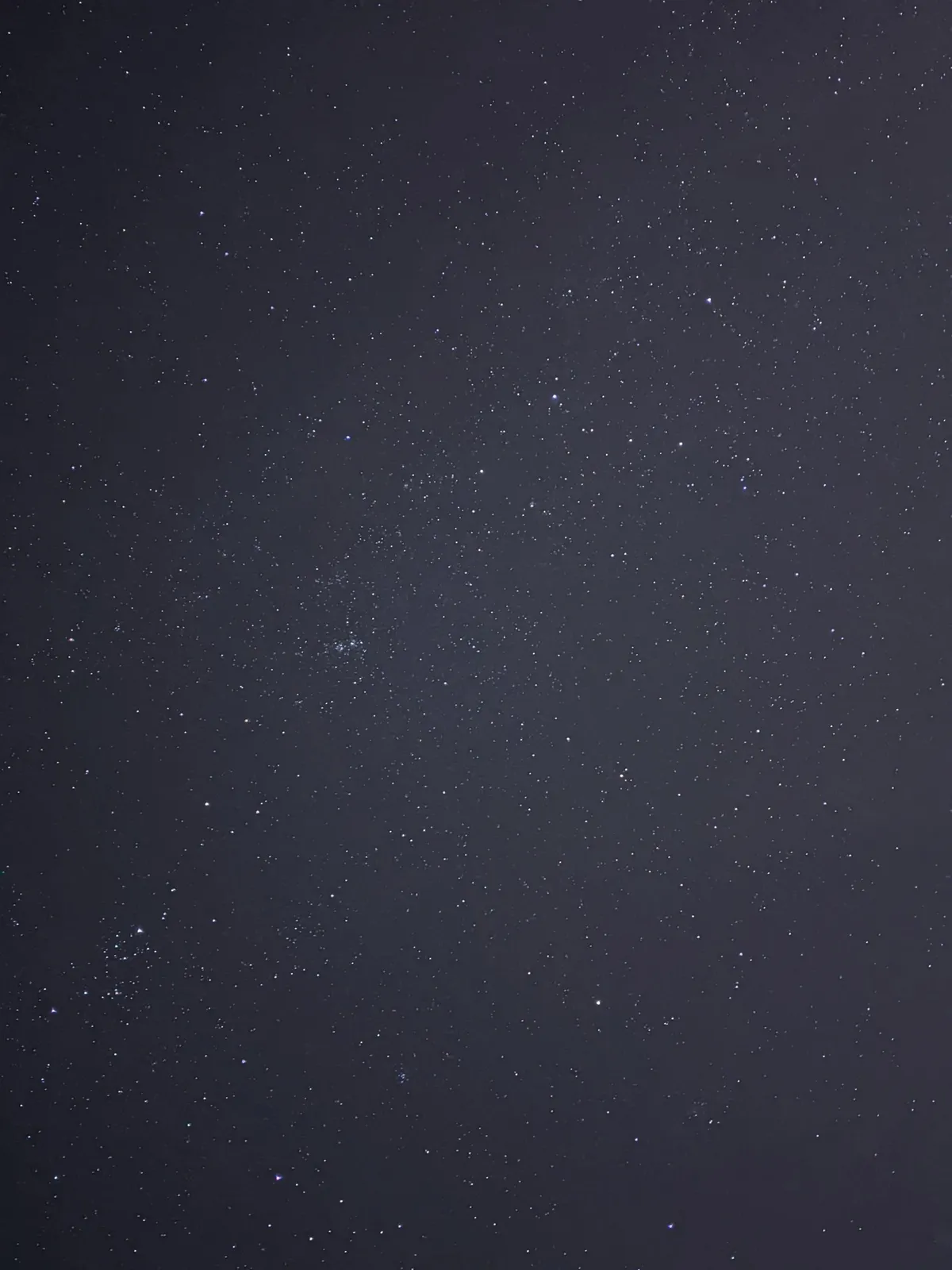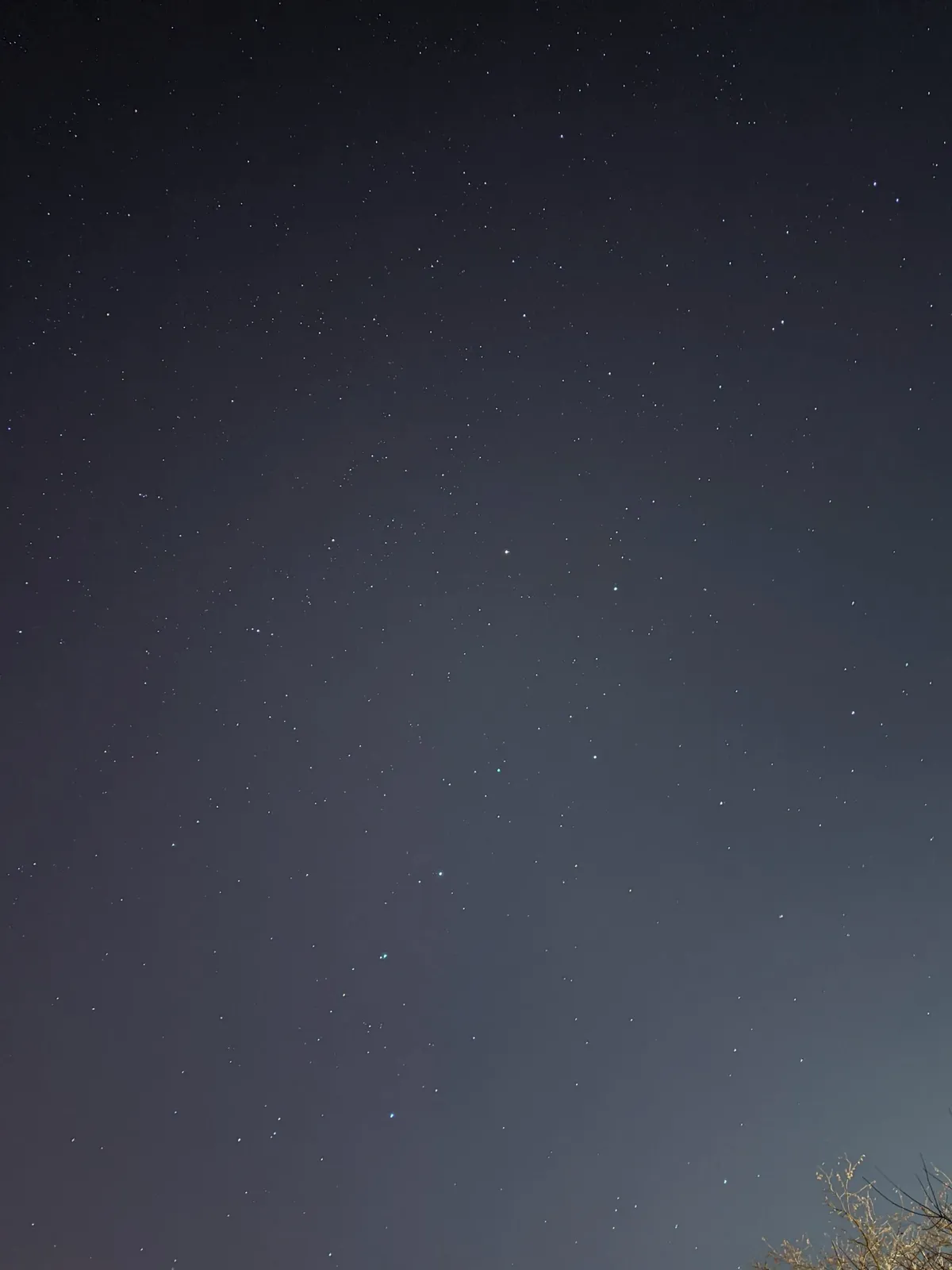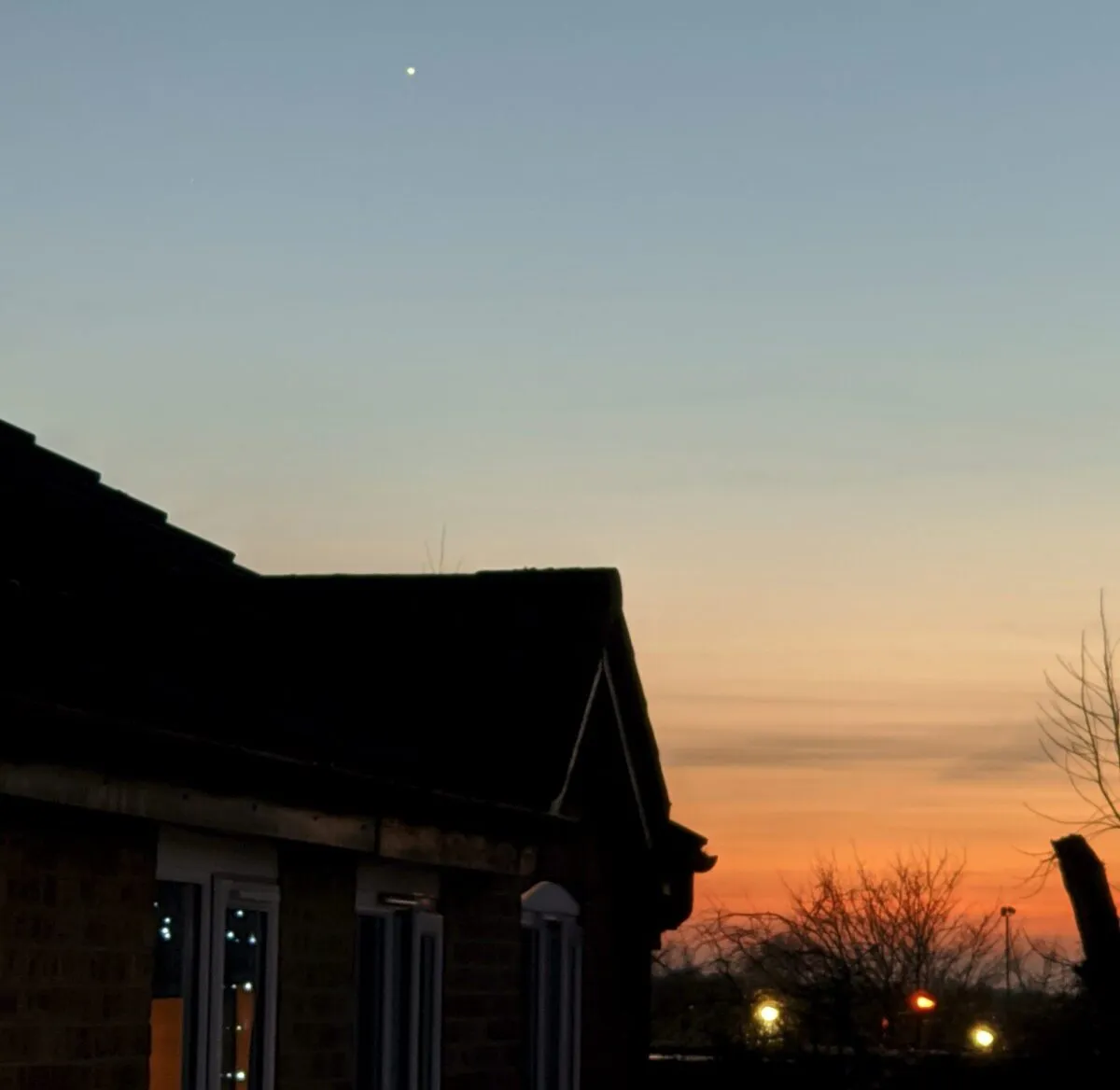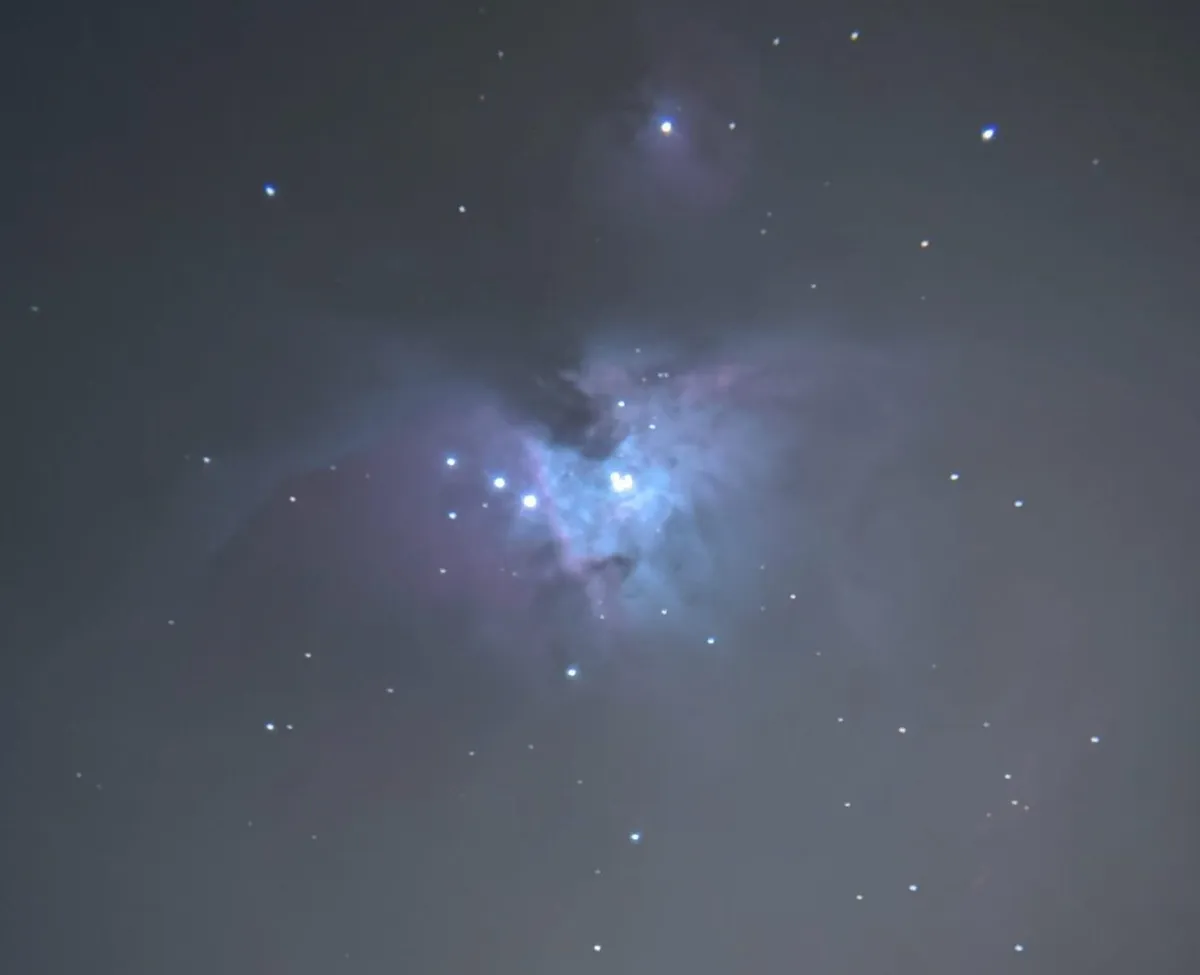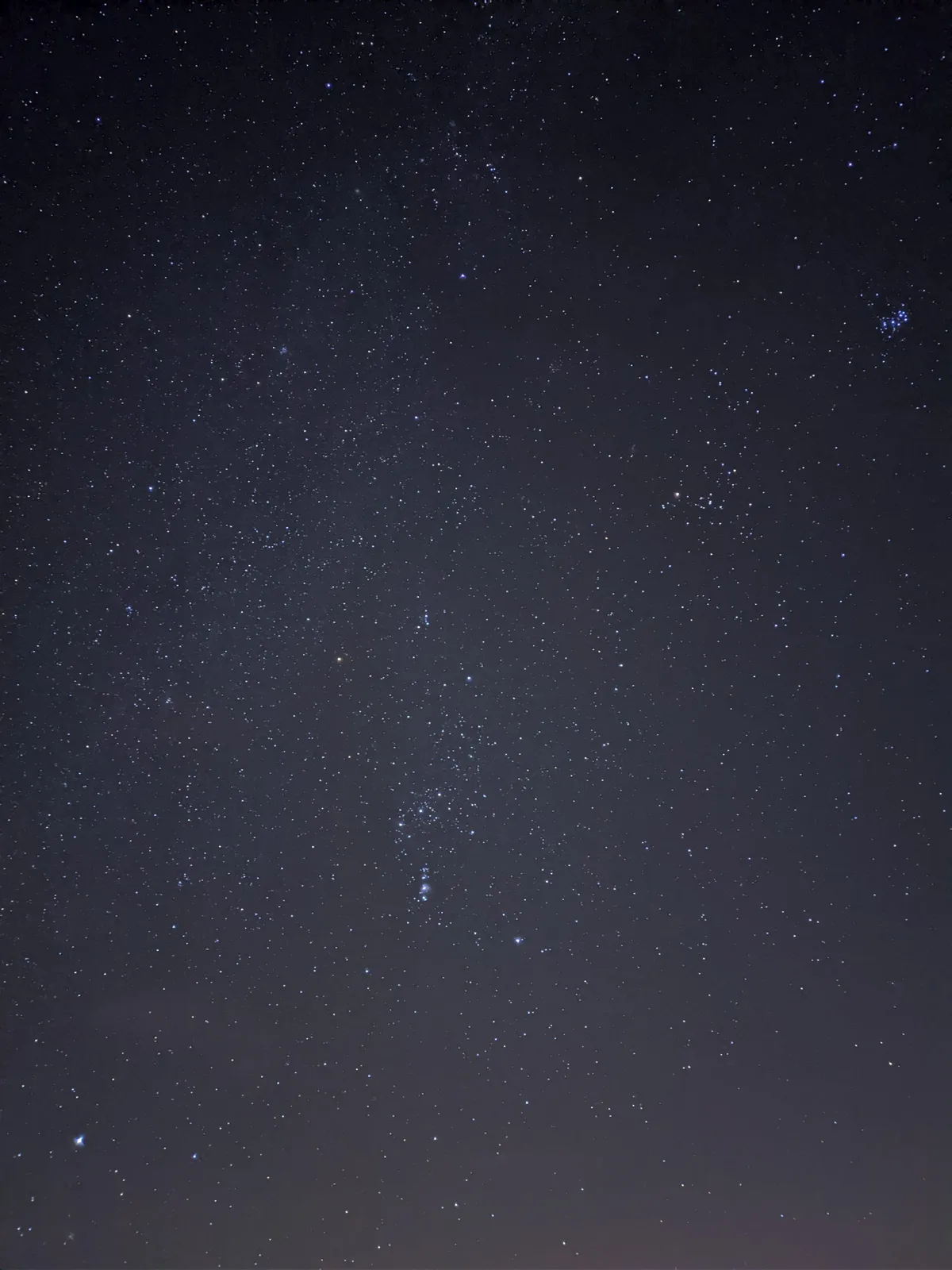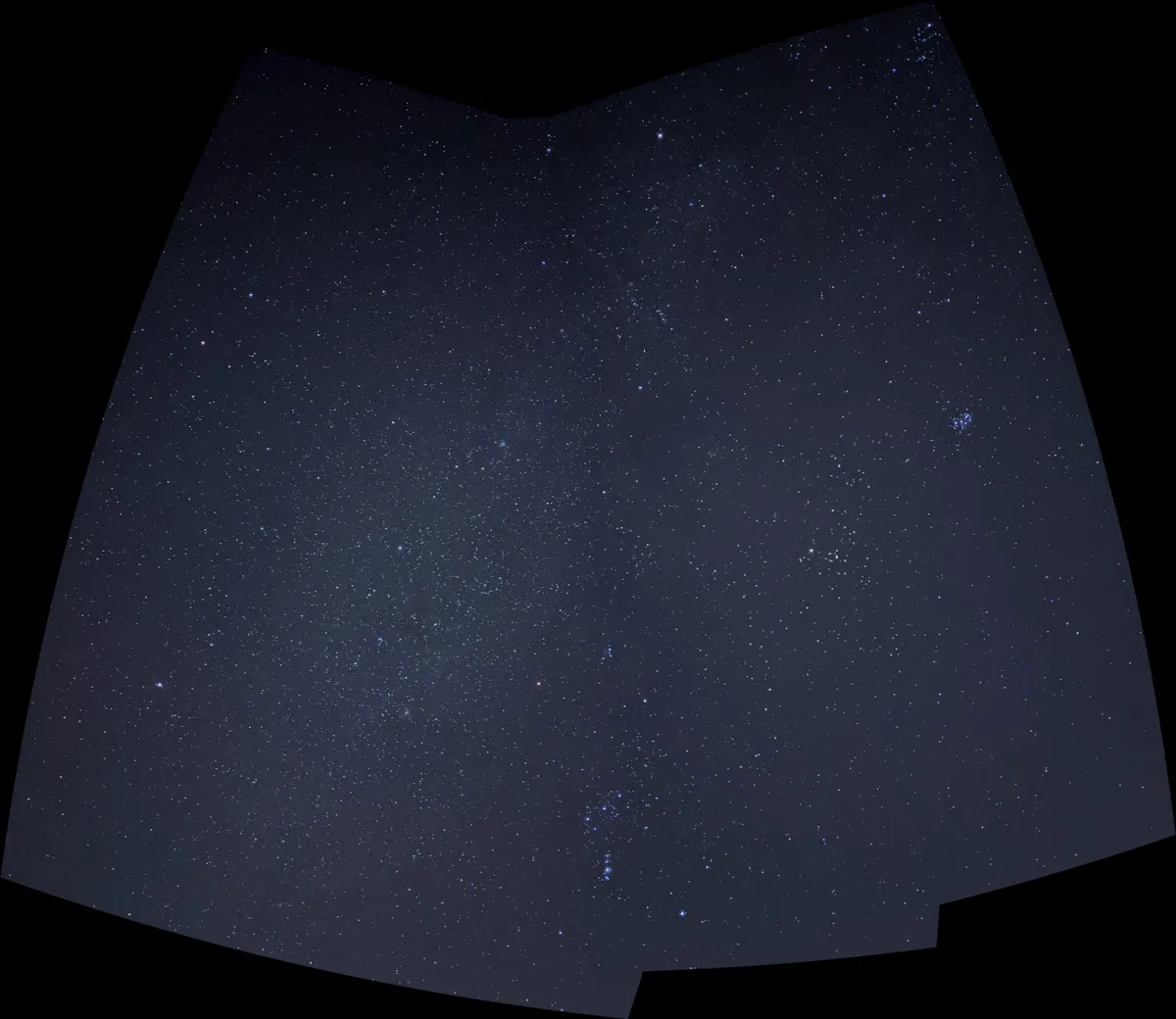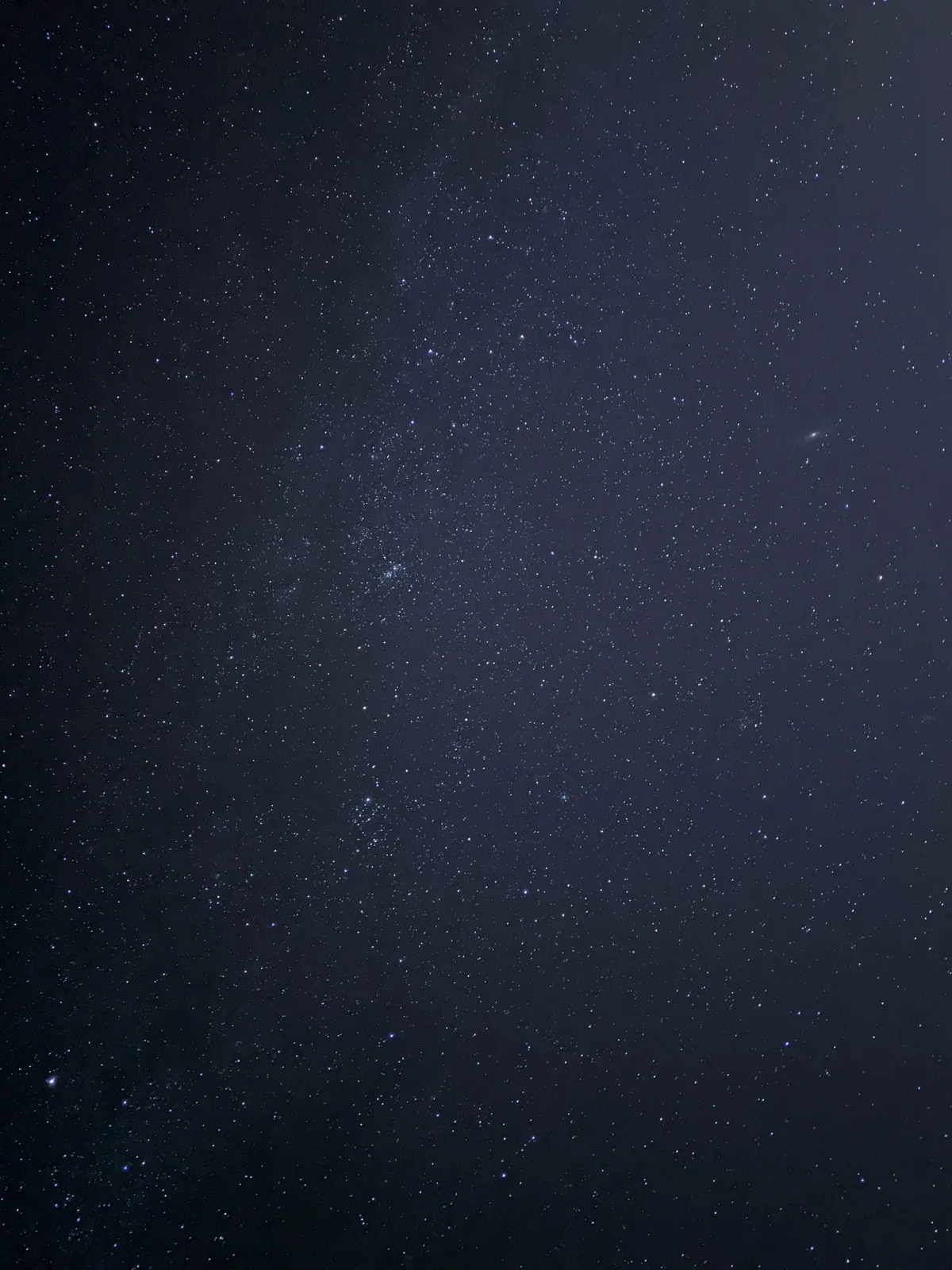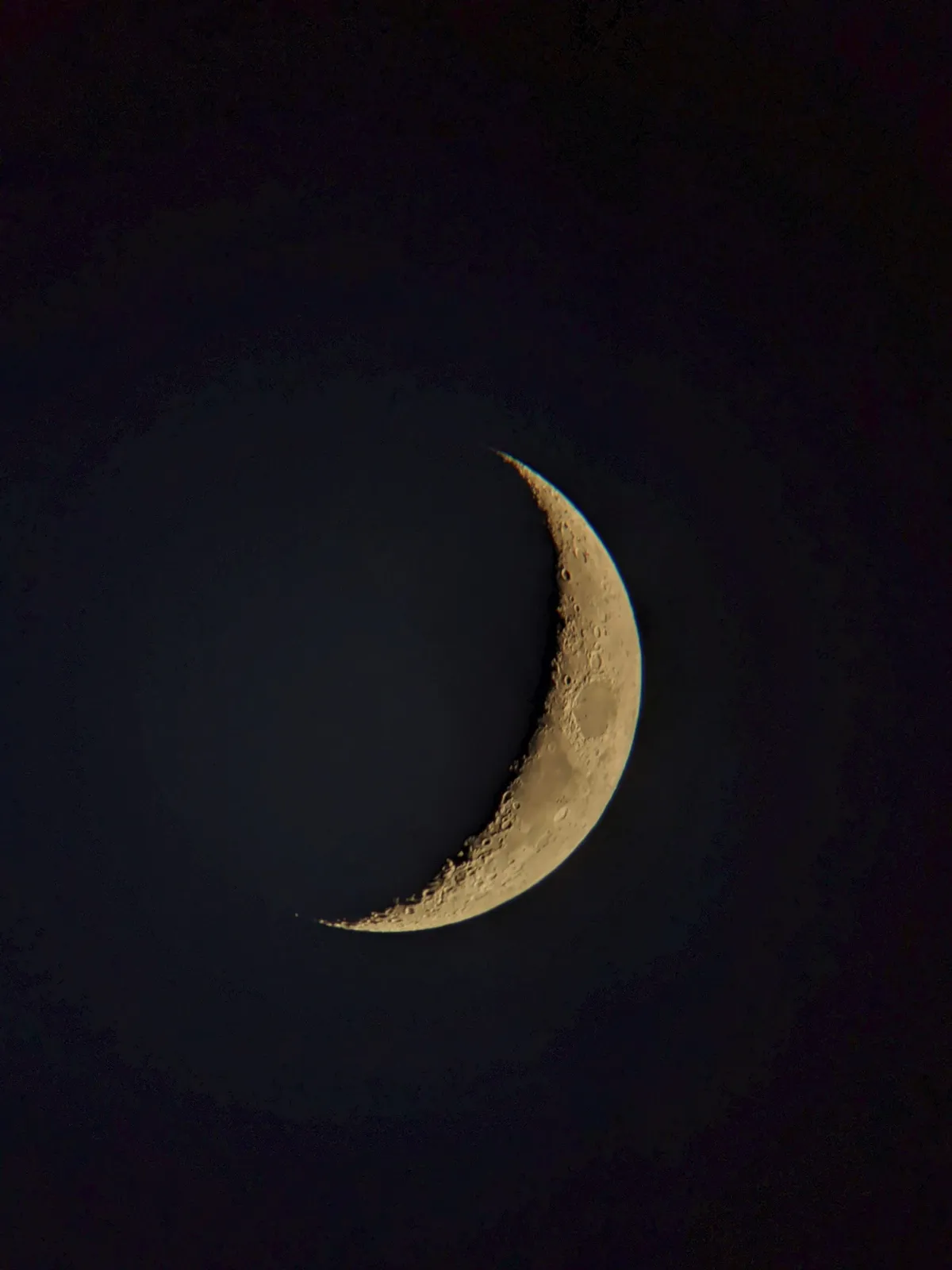Smartphone manufacturers have cottoned on to the fact that many users want to capture not just amazing daytime images but also pictures of the stars.
Google have stepped up to the mark with the launch of their latest phone, the Pixel 4, touted as the next big thing in smartphone astrophotography.
With sensors increasingly able to capture faint light, the Pixel 4 development team worked with the Royal Observatory Greenwichto show how sensitive their new camera phone was and how any smartphone user, even those living in light polluted areas, can capture images of the night sky.
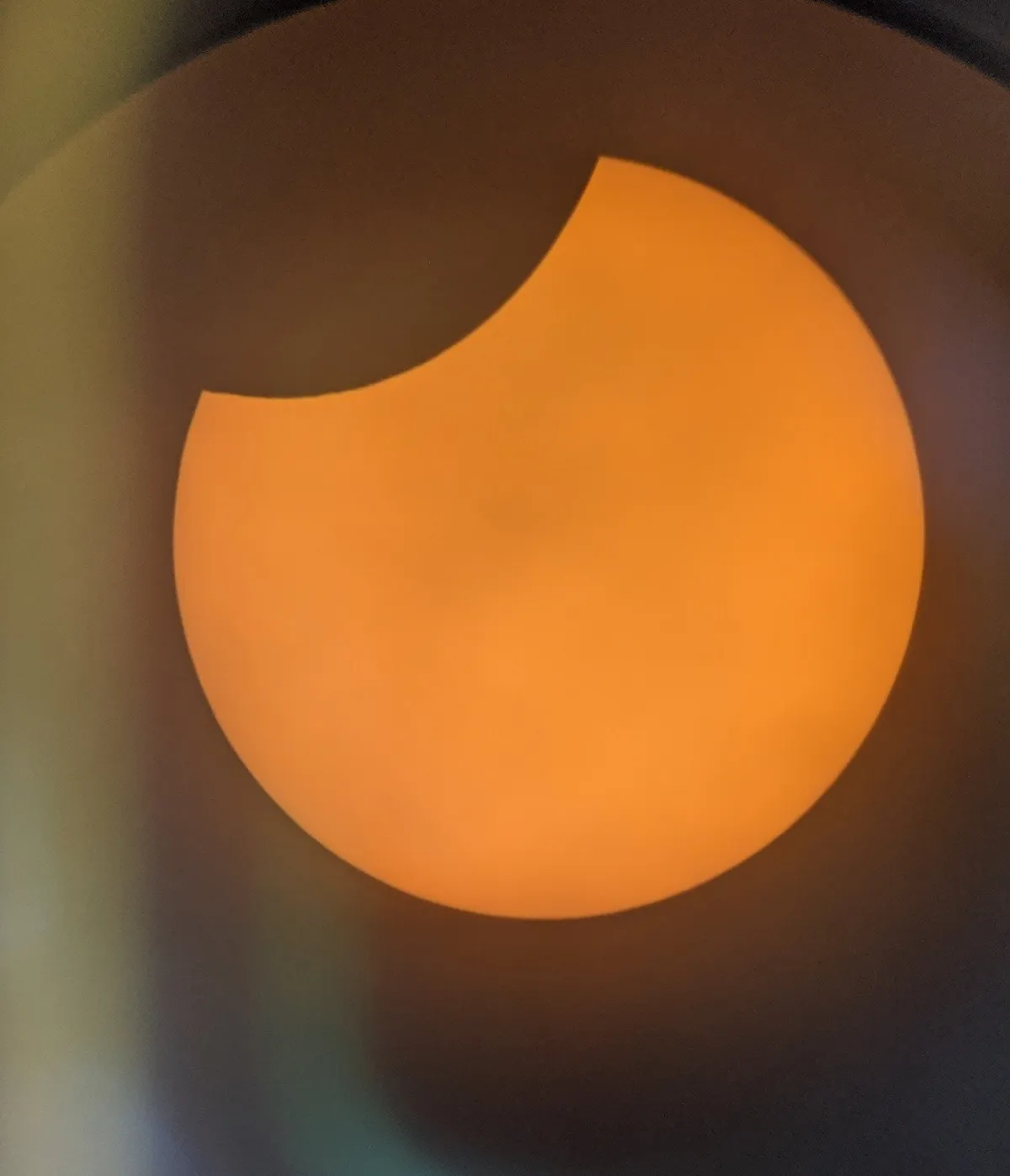
We were delighted to be able to put the Pixel 4's astro imaging capabilities to the test for ourselves during some lucky breaks in the winter weather.
If you are interested in taking photos of the night sky with your phone's camera, read our guides on the best astronomy apps, smartphone astrophotography and how to turn your smartphone into an astrophotography camera.
Or find out how to photograph the Moon with a smartphone camera.
For more high-end imaging equipment, read our guide to the best cameras for astrophotography or the best telescopes for astrophotography.
How to use Google Pixel 4's Night Sight mode
We put the Pixel 4's camera into 'Night Sight' mode and placed it on a tripod with a simple smartphone adapter for capturing our images.
There is no need for any additional apps as the inbuilt camera controls provide functions to select RAW or RAW and JPG, set a delay timer, focus and alter the image ratio.
These are all accessed via a swipe-down menu from the top, once you select the Night Sight setting for the camera.
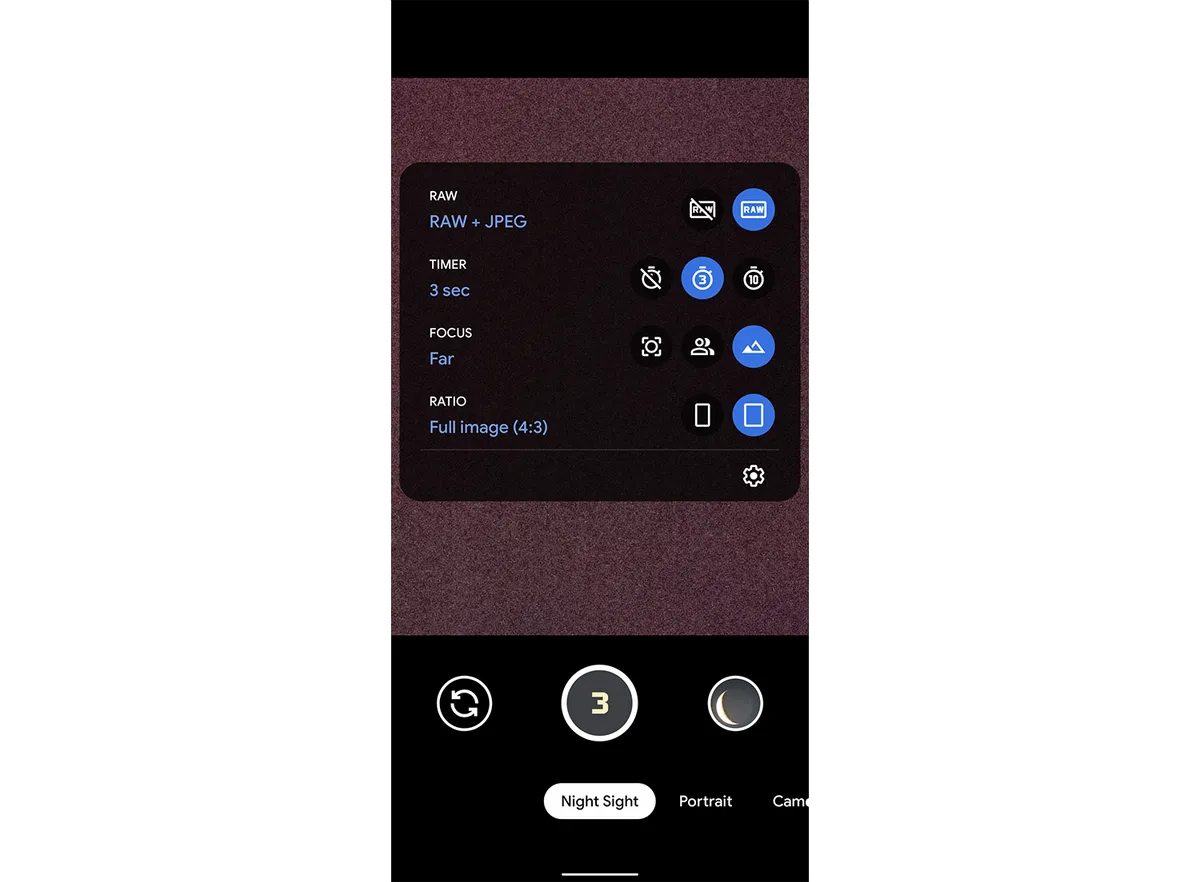
We used the Pixel 4 to take a series of images of Orion and surrounding constellations from a light-polluted site, with bright white lights from an industrial estate enhanced by a slight haze in the atmosphere.
We were impressed by the very first images in which, despite the light pollution, we could easily pick out the constellations. This is ideal for anyone suffering from city light pollution, yet who still wants to try to capture the night sky. For more on this, read our guide on how to capture astrophotos from a light-polluted city.
Capturing the images felt quite easy: we aimed at the constellation or desired area of sky and in most cases the auto focus did produce sharp stars.
However, in the aforementioned slide-down menu you can also select ‘far’ in the focus setting and that seemed to work fine for us too.
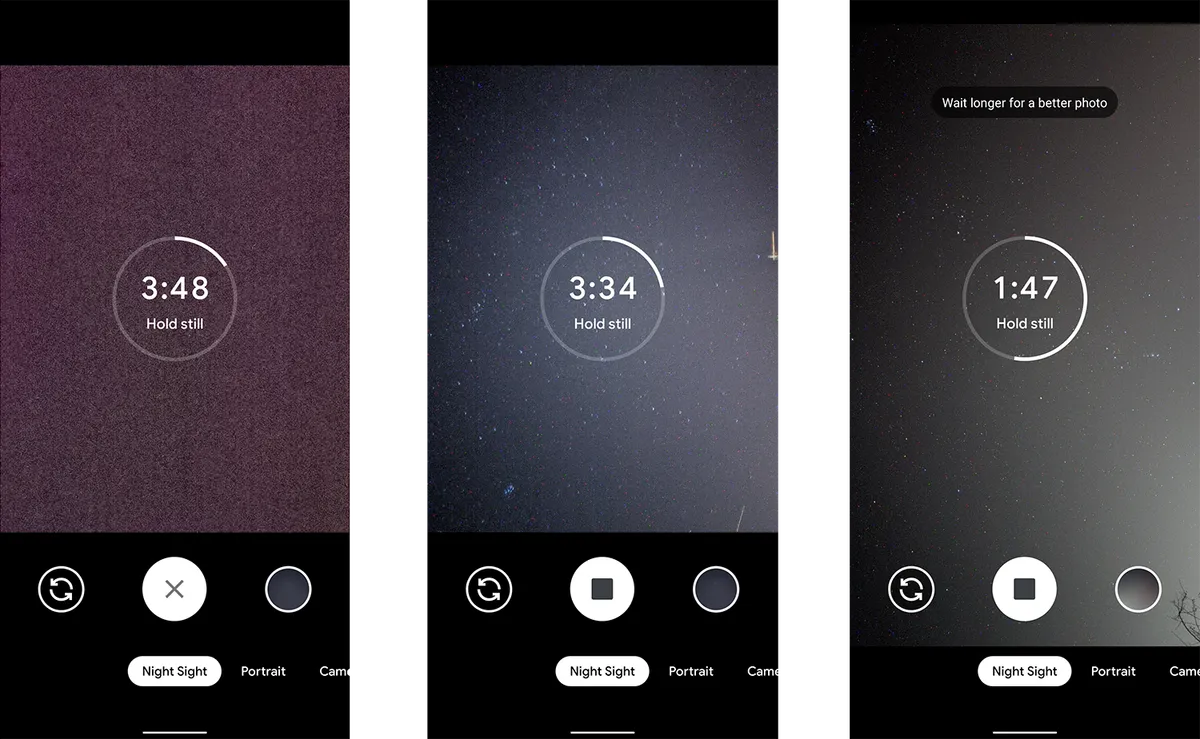
Once you tap the button to begin the exposure, the screen goes fuzzy and a timer appears onscreen counting down.
We found the apparent exposure times seemed to vary, with the longest at around 4 minutes when the camera is set at its lowest magnification. But it turns out this is not the actual length of the exposure.
During this time the camera takes images and ‘fine tunes them’, which we interpreted as the equivalent of live stacking the best images. This explains why our initial image of Orion and Taurus took 4 minutes, yet the actual exposure length was 13.5 seconds.
During that first image and subsequent images, the initial fuzzy screen is quickly replaced with a view of the constellations and during the capture process simple messages occasionally appear such as ‘Wait longer for a better photo’.
A gallery of Google Pixel 4 astrophotos:
We did use the camera's zoom function, although we noted anything greater than 2.5x began to show stars trailing.
However we did capture a view that included the Andromeda Galaxy and the Triangulum Galaxy in a 16-second exposure and in another caught the Milky Way from a darker site, showing the double cluster and various other deep-sky objects.
Intrigued, we attached the Pixel 4 to our telescope and managed to image the Orion Nebula and, on another night, the crescent Moon.
Finally, we used the camera in ordinary camera mode and took a picture of Venus in a twilight sky.
In short, the Pixel 4 can bring many wonders of the night sky to anyone who wishes to explore the heavens in a fun and easy way. It's sure to delight its users.
Where to buy the Google Pixel 4 online:
- Google Pixel 4 at Carphone Warehouse
- Google Pixel 4 at EE
- Google Pixel 4 at Argos
- Google Pixel 4 at Three
- Google Pixel 4 at Curry's PC World
- Google Pixel 4 at Amazon
Vital stats
- Score 90%
- Price Google Pixel 4 (5.7” screen) From £669.00 / Pixel 4 XL (6.3” screen) from £829
- Manufacturer Google
- OS Android 10
- Camera 12.2MP
- store.google.com/product/pixel_4
Paul Money is BBC Sky at Night Magazine's Reviews Editor.
